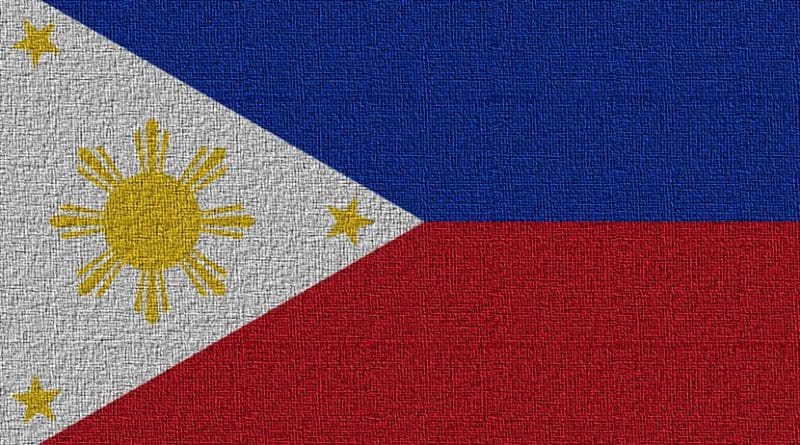Philippines: Remains Of Candidate For Sainthood Exhumed
By UCA News
The remains of Archbishop Teofilo Camomot of Cebu, a candidate for sainthood, underwent a nine-hour forensic examination this week as part of the process for his possible canonization.
Lawyer Persida Rueda-Acosta, head of a team of forensic experts who examined the remains, expressed surprise that they did not exude a foul smell despite the decay.
“I consider this miraculous because Bishop Camomot’s remains have no foul smell despite the fact that he died almost 30 years ago,” said Rueda-Acosta, head of the government’s Public Attorney’s Office.
Bodies of saints are thought not to decay and to exude a sweet smell when exhumed.
In his report, forensic doctor Erwin Erfe, said the late prelate’s skeleton did not release a distinct smell common in human remains.
He also noted that Archbishop Camomot’s vestments were in “pristine condition” and “uncorrupted by any form of infestation and insect activity.”
The medical team noted that the prelate’s skeleton showed multiple bilateral rib fractures, a fracture to the left clavicle, and extensive cranial and bilateral facial fractures.
The archbishop, who was known for his generosity and work in poor communities, died on Sept. 27, 1988 in a traffic accident.
In November the Vatican’s Congregation for the Causes of Saints granted a decree of validity to the cause of beatification for the late Filipino archbishop.
A church committee pushing for the late prelate’s beatification, nuns from the Daughters of St. Teresa, and family members, witnessed the examination of the prelate’s remains, which began on Jan. 3.
Archbishop Romulo Valles of Davao, president of the Philippine bishops’ conference who witnessed the examination, extolled Archbishop Camomot’s “virtuous life” in a statement.
“We believe that we have in the person of Bishop Camomot a witness of God’s life in his life and person as he was able to do admirable works of charity, mercy and shepherding of souls in his life,” he said.
Archbishop Camomot was born in Cogon in the central Philippine city of Carcar on March 3, 1914.
He was made auxiliary bishop of Jaro on March 26, 1955. In 1959 he was appointed coadjutor bishop of Cagayan de Oro. He later founded the Carmelite Tertiaries of the Blessed Eucharist, also known as the Daughters of St. Teresa.
In 1968, he become auxiliary bishop of Cebu and parish priest of Carcar in the province of Cebu.
His remains were encased in wax for public viewing in a museum that houses his personal belongings and writings at the Daughters of St. Teresa congregation compound.

